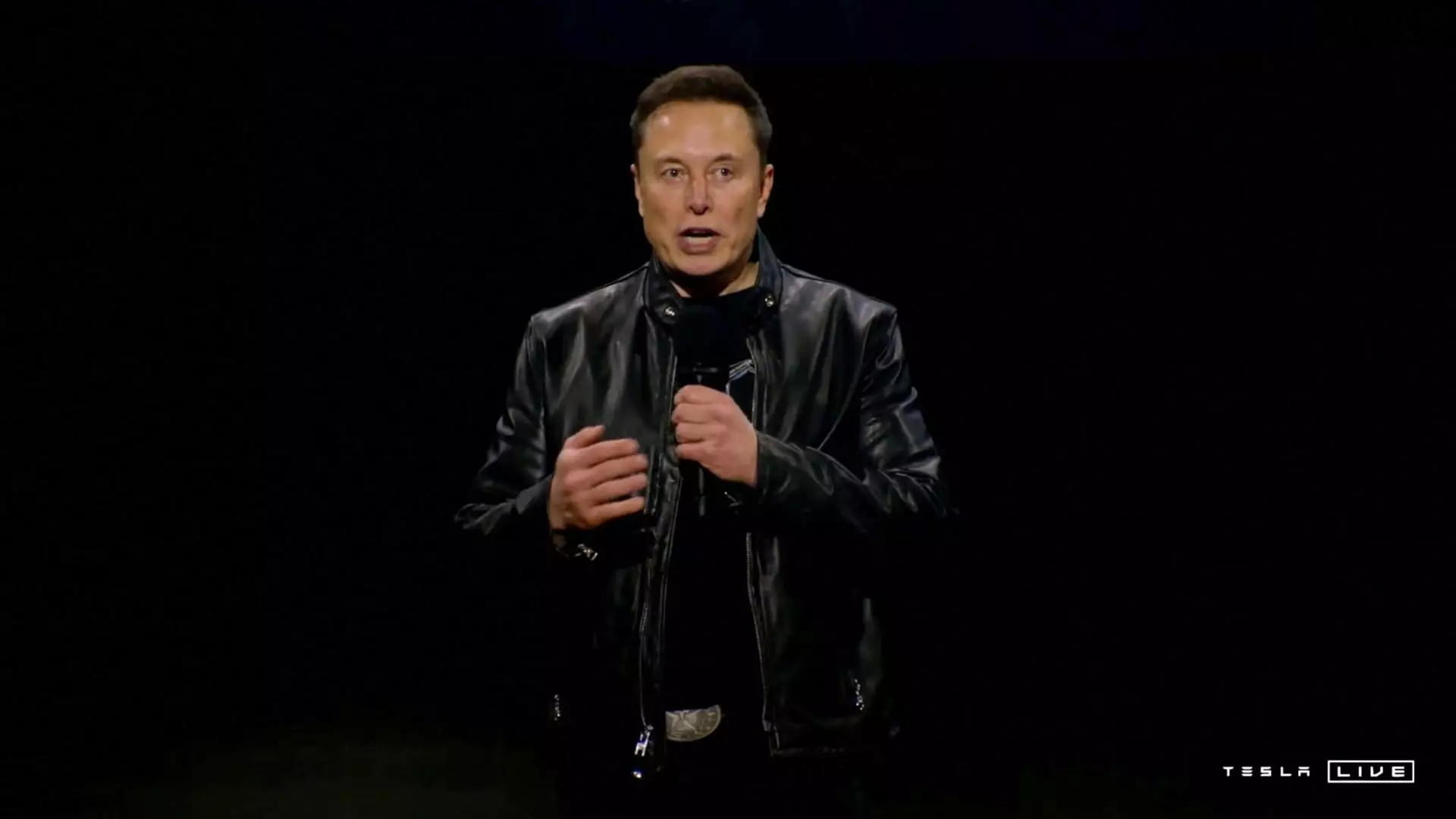As Tesla concluded its fourth quarter of 2024, the company presented a mixed bag of results, reflecting an industry grappling with rapid changes and escalating competition in the electric vehicle (EV) market. With total deliveries reported at 495,570 for the last quarter and annual figures revealing a downturn in growth from 2023, Tesla must address several underlying challenges if it is to maintain its status as a market leader in the increasingly crowded EV sector.
Quarterly and Annual Performance at a Glance
The end of the fiscal year brought attention to key production and delivery stats: 459,445 vehicles were produced in Q4, resulting in an annual production total of 1,773,443. A stark contrast emerged when comparing these figures to the previous year; Tesla delivered 1.81 million vehicles in 2023, leaving a significant drop in expectations for 2024. Analysts were predicting fourth-quarter deliveries closer to 504,770, raising questions about the company’s ability to meet even its own ambitious estimates. The decline in growth has notably rattled investors, with Tesla shares seeing a sharp decline of up to 7% after the report.
This shift may signify more than just market fluctuations; it illustrates a company undergoing a critical phase of transformation. In a time when growth expectations are critical, Tesla’s stock had a remarkable rebound over the year, increasing 63% by December. However, this surge was preceded by notable volatility earlier in the year, during which stocks saw a plummet of 29%, exposing weaknesses amid price cuts and fluctuating sales.
An intriguing dimension to Tesla’s trajectory is the involvement of CEO Elon Musk in political campaigns. His significant financial contributions to support politicians, including President-elect Donald Trump, may have drawn his attention away from the day-to-day operations of the automotive giant. Industry analysts have speculated that Musk’s political engagements could have adverse effects on business performance in the coming months, as the impact of these distractions may only become evident during the first quarter of 2025.
Furthermore, Musk’s leadership style has often been viewed with mixed sentiments. While his bold vision for Tesla’s future encompasses advancements in areas like humanoid robotics and autonomous vehicles, the company’s core profitability still heavily relies on the traditional vehicle sales model. Recent shifts toward political engagement may necessitate a reevaluation of corporate strategies in light of the challenges currently surfacing in Tesla’s operational landscape.
As Tesla once held a significant edge in the EV market, its competitive position is increasingly threatened by domestic and international rivals. Companies like General Motors, Ford, Rivian, and BYD are expanding their footprints, challenging Tesla’s long-standing dominance. In Europe, for instance, Tesla’s sales saw a decline of 14% year on year, as competitors launched newer, more affordable models that are capturing market share at alarming rates.
Though Tesla’s charging network remains a standout feature, operationally, the company is encountering hurdles that were previously less visible. Analysts suggest that not delivering more affordable EV options in 2024 may have set Tesla back significantly, especially as models like the Cybertruck have accumulated on the used car market. With a starting price around $80,000, it is becoming evident that Tesla may need to reconsider its pricing strategy to remain competitive.
Looking beyond the current fiscal year, CEO Musk has hinted at a return to growth, projecting an optimistic 20% to 30% increase in 2025. This growth is contingent upon the introduction of lower-cost, autonomous vehicles that could tap into broader consumer demographics. To realize these projections, Tesla needs to confront its inventory challenges and ensure a balance between production and sales, lest it risk flooding the market with unsold units.
There will also be an urgent need for Tesla to enhance its strategies for international markets, particularly in regions where competitors are gaining traction. Expanding initiatives that focus on affordable models, coupled with an emphasis on consumer demands, may help to reestablish the company as a front-runner in the EV marketplace. Continued innovations in safety, technology, and service will be essential as Tesla navigates this ever-evolving landscape.
As Tesla moves forward, its performance indicators in 2024 reflect a pivotal moment in the company’s history. By addressing internal challenges while strategically maneuvering within a growing competitive landscape, Tesla can chart a course for sustainable growth and renewal. However, whether the company can maintain its innovative edge and market leadership remains to be seen.

